The Xiaomi Mi 11 Review: A Gorgeous Screen and Design
by Andrei Frumusanu on March 10, 2021 8:00 AM EST- Posted in
- Mobile
- Smartphones
- Xiaomi
- Snapdragon 888
- Mi 11

Xiaomi had first announced the Mi 11 in back in the last few days of 2020, with availability of the domestic Chinese version of the phone taking place in the early weeks of January. Later in February, the company followed up with the global launch of the device, divulging the pricing strategy in markets such as Europe.
The Mi 11 is a very interesting device – it was actually the very first Snapdragon 888 device worldwide, and to this date in many countries still is the only such available smartphone – at least until other vendors catch up with their model releases. In the past year or so, we’ve seen Xiaomi having gained a lot of market share in global countries, mostly picking up customers from Huawei – particularly in European markets where Xiaomi has been seeing lots of new success with carriers.
What characterises the Mi 11 from other devices – other than the new Snapdragon 888 SoC, is Xiaomi’s new design cantered around a new 6.81” AMOLED 3200 x 1440 screen with up to 120Hz refresh rate. It’s not Xiaomi’s first QHD device as we’ve seen some other implementations in the past, but those were all on LCD panels. The move to QHD and 120Hz this generation is a major leap for the Mi 11 series, particularly because Xiaomi is still pricing the device starting at only 749€ - much less than other current generation devices featuring the same specifications such as the S21 Ultra.
| Xiaomi Mi Series | |||
| Mi 10 |
Mi 11 (Reviewed) |
||
| SoC | Qualcomm Snapdragon 865 1x Cortex-A77 @ 2.84GHz 3x Cortex-A77 @ 2.42GHz 4x Cortex-A55 @ 1.80GHz Adreno 650 @ 587MHz |
Qualcomm Snapdragon 888 1x Cortex-X1 @ 2.84GHz 3x Cortex-A78 @ 2.42GHz 4x Cortex-A55 @ 1.80GHz Adreno 660 @ 840MHz |
|
| DRAM | 8GB LPDDR5-5500 | 8/12GB LPDDR5-6400 | |
| Display | 6.67" AMOLED 2340 x 1080 (19.5:9) 90Hz Refresh |
6.81" AMOLED 3200 x 1440 120Hz Refresh 480Hz Touch HDR10+ / 10-bit panel |
|
| Size | Height | 162.58mm | 164.3mm |
| Width | 74.80mm | 74.6mm | |
| Depth | 8.96mm | 8.06mm | |
| Weight | 208g | 196g | |
| Battery Capacity | 4780mAh (Typical) 30W Charging |
4600mAh (Typical) 55W Charging |
|
| Wireless Charging | 30W | 50W | |
| Rear Cameras | |||
| Main | 108MP 1/1.3" 0.8µm 4:1 Binning to 27MP / 1.6µm f/1.69 w/ OIS |
108MP Module f/1.85 w/OIS |
|
| Telephoto | - | 5MP (Macro only) 50mm eq. f/2.2 |
|
| Extra Telephoto |
- | - | |
| Ultra-Wide | 13MP 1.12µm f/2.4 117° FoV |
13MP f/2.4 123° FoV |
|
| Extra | 2MP Depth Camera 2MP Macro Camera |
- | |
| Front Camera | 20MP 0.8µm f/2.3 |
f/2.2 | |
| Storage | 128 / 256GB UFS 3.0 |
128 / 256GB UFS 3.1 |
|
| I/O | USB-C | ||
| Wireless (local) | 802.11ax (Wifi 6), Bluetooth 5.1 |
||
| Cellular | 4G + 5G NR NSA+SA Sub-6GHz | ||
| Special Features | Under-screen fingerprint sensor Full-range stereo speakers |
||
| Splash, Water, Dust Resistance | No rating | ||
| Dual-SIM | 2x nano-SIM | ||
| Launch OS | Android 10 w/ MIUI | Android 11 w/ MIUI | |
| Launch Price | 8+128GB: 799€ 8+256GB: 899€ |
8+128GB: 749€ 8+256GB: 799€ |
|
As mentioned, the new phone is powered by Qualcomm’s newest generation Snapdragon 888 SoC. We’ve covered the new chip extensively in our chipset-centric article of the Galaxy S21 Ultra where we pitted the new Snapdragon against the latest Exynos. In general, although the new chip does bring performance advantages this generation, it has to compromise in power efficiency as the new process node had seen some regressions compared to last year.
Xiaomi offers the Mi 11 in 8GB LPDDR5-6400 configurations in the global markets – the 12GB variant only exists in China. Storage comes in the form of either 128GB or 256 of UFS 3.1. Xiaomi is one of the vendors who do not offer expandable storage, but at least the 256GB version of the phone only costs an extra 50€ this year, half the cost of last year’s configuration up-sell.
The new display is a key feature of the phone and probably the main characteristic of the device. After a few years of 1080p OLED flagships, I’m very happy to see Xiaomi finally jump over to QHD, particularly given the phones are growing in size and the PPI of 1080p really isn’t sufficient at these dimensions. Xiaomi of course had to include 120Hz this generation as well as it’s a must-have feature to incorporate in 2021. Surprisingly, Xiaomi advertises that this is a 10-bit panel, which should offer better brightness and colour graduations, however comes at a cost power efficiency. The screen lacks variable refresh rate – neither hardware, nor software based, so it’s more in line with the screen technology generation we’ve seen in the Galaxy S20 and OnePlus 8 Pro series devices.
Edit March 12th: The Mi 11 does have a coarse software-based refresh rate switching mechanism, however it does not function below 110 nits screen brightness (around 70% on the brightness slider).
The design of the Xiaomi Mi 11 is quite attractive, and the company goes for an almost completely rounded aesthetic, with curved front and back glass. The back glass is a matte chemically etched finish similar to that of the Mi 10 Pro – it’s still quite smooth, but it’s much better than glossy materials.
What’s maybe a bit weird about the design is the corners of the screen and the frame, the metal frame actually covers most of the phone’s thickness in the corners, unlike the sides where the front display curves around. It’s a design that reminds me of the Huawei P40 Pro – it’s a bit odd at first glance, but I think the companies are either doing this on purpose for better drop resistance, or it’s a manufacturing side-effect of the new build.
The side frames on both sides are extremely minimal and thin, which give the phone excellent ergonomics and in-hand feel even though it’s a larger device at 74.6mm width.
Xiaomi also managed to shave off some thickness this generation, going from 8.96mm to 8.06mm, a difference that’s immediately noticeable between generations. The weight of the phone has also been reduced from 208g to 196g, which is also very welcome in my book. The reduced form-factor cost 180mAh from its predecessor, and the new battery lands in at 4600mAh which is still plenty respectable.
On the right side of the phone, we see a simple textured power button as well as the volume rocker – the metal side frame here slightly extends towards the back glass cover which reminds me of Samsung’s recent aesthetic.
The main camera is the same as last year’s 108MP Xiaomi shooters – a Samsung HMX sensor that natively captures 108MP shots, but in general photography 2x2 bins things down to 27MP. Since there’s no telephoto module on the phone, the Mi 11 uses the raw resolution of this module to get tighter framed shots. The optics were changed this generation to a smaller f/1.85 aperture, which in my view might be more reasonable as the Mi 10 suffered in terms of its optics. There’s still OIS present here, which is good news. The Ultra-wide module is a 13MP f/2.4 module with a very wide 123° FoV, great for indoor capture, architecture, or landscapes.
I like how Xiaomi engineered the camera island to accommodate for the thick Z-height of the main camera module: it’s a 3-stepped design in terms of its thickness, with each “island” only being as thick as the minimum the cameras require. While the main camera module thickness is still thick, it’s not as evident as on other phones with similar giant sensors.
The top and bottom sides of the phone feature a relatively flat edge, and are characterised by dual-speaker setups the company employs. There’s a hardman/kardon logo on the top side, and generally the speakers get extremely loud and are among the best sounding on any device right now.
Generally, I really liked the design of the Mi 11, and I feel the company has managed to create their sleekest and most ergonomic design to date. It feels very premium and is very clearly a flagship device, which comes at a surprise given its 749€ starting point.


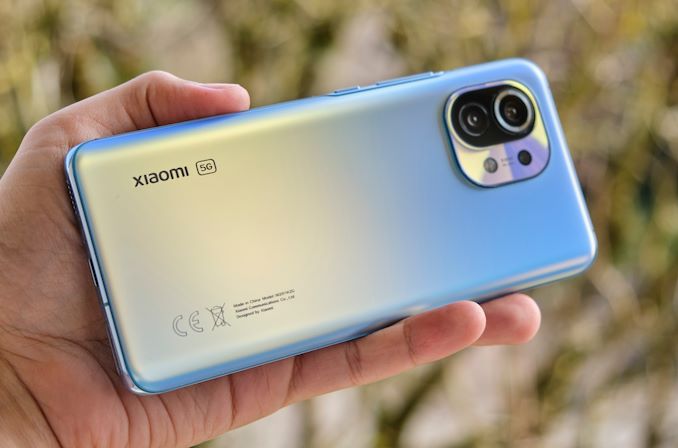
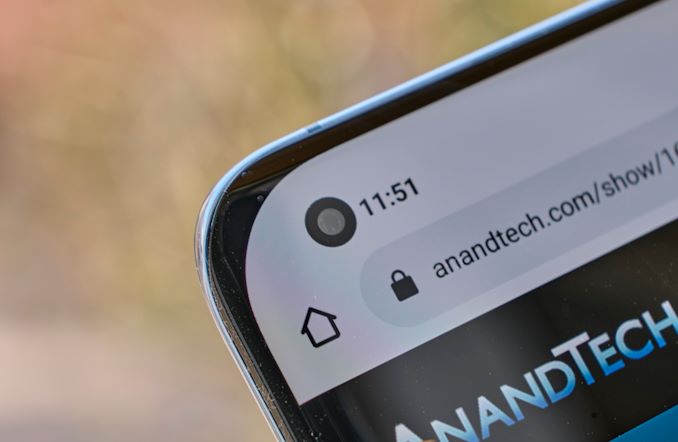
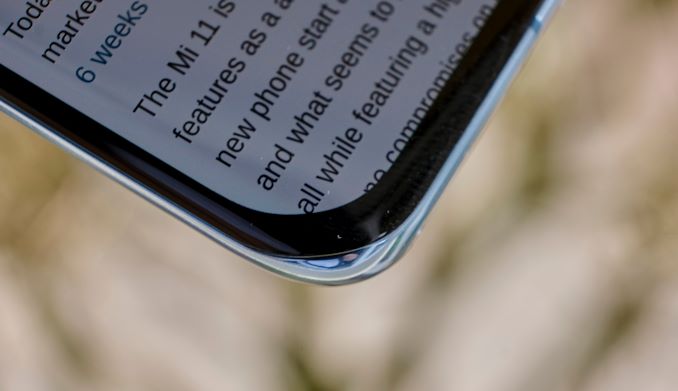

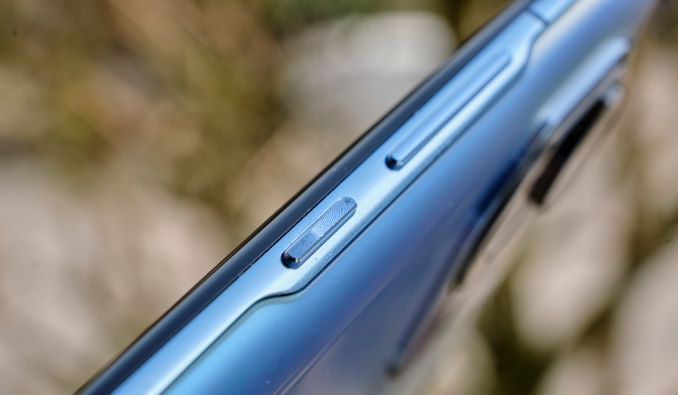
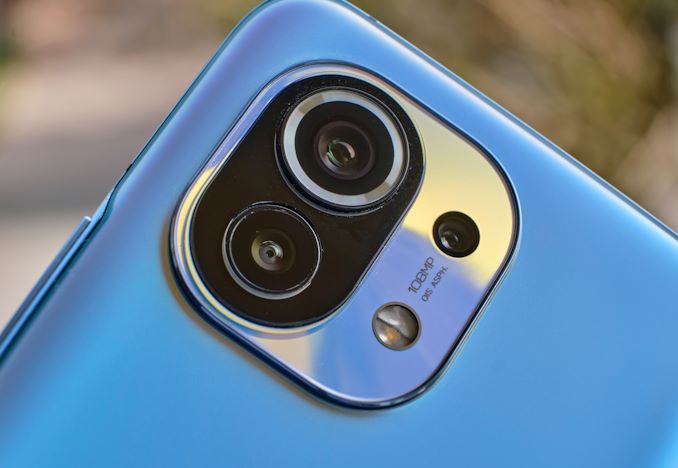

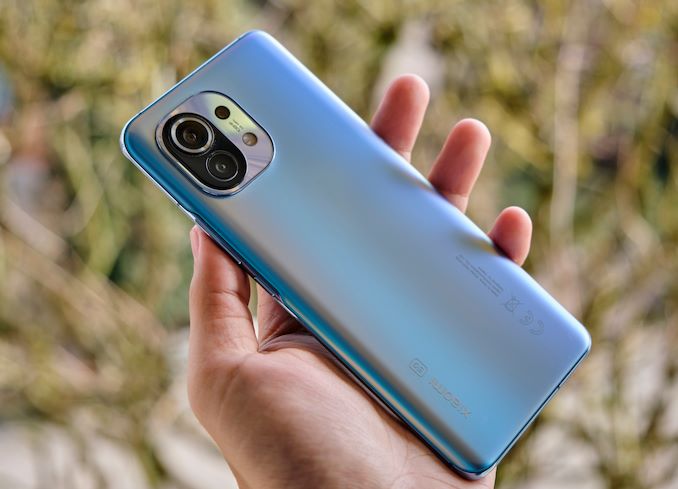








85 Comments
View All Comments
asmian - Thursday, March 11, 2021 - link
What rubbish. I don't know why you're determined to attack me, rather than the original poster. I'm in no glass house, and no hypocrite, because I'm not going around attacking others based just on their nationality. Nor am I myopic to systemic faults, but calling a Tory government "fascist" (as you said elsewhere) is just leftist name-calling, not helpful politics. And it's patently untrue and ridiculous hyperbole when there are real fascist governments oppressing women actively in eastern Europe right now, within the EU.When someone calls an entire country "Nazis" then that can't go unchallenged. It's no hypocrisy to point out that making comments about an entire modern country based on the past actions of individuals, or the state (in a "democracy" that was able to be voted for by substantially less than half of the population at the time), is offensive. I wasn't defending those actions, so there was no "worthless defence". I just don't subscribe to the popular PC theory that every current citizen should feel guilty for actions in the past they weren't responsible for, which you obviously do, since you're so angry about it. And I know quite enough NOT to be lectured by some random internet knowitall who does nothing but troll every thread here as if it's their private blog.
Martin84a - Thursday, March 11, 2021 - link
Just a small observation. On one hand you say "hey, don't judge Britons based on the actions of our ancestors", but at the same time you say "hey, our ancestors fought the real fascist in World War 2." If you don't feel shame based on your ancestors actions, you shouldn't feel pride either. It's not like you took part in their actions.You can't have it both way mate. If you aren't connected to what someone in the past did, then you should feel shame for what they did. But you shouldn't feel the need to
hbsource - Wednesday, March 10, 2021 - link
Not sure Americans should be throwing insults around about killing Indians.Wereweeb - Wednesday, March 10, 2021 - link
I'm not americanBedfordTim - Wednesday, March 10, 2021 - link
Assuming you are talking about the Bengal famine, you seem to have forgotten about the assorted natural disasters that just happened to occur at the same time, the bombing of Calcutta which disrupted the rice market, and the loss of imports from Burma. Deaths through famine and misadministration do not equate to deaths in concentration camps.quorm - Wednesday, March 10, 2021 - link
I apologize for contributing to the derail.You're seriously saying that they are responsible for the deaths of millions, but because of the manner in which they died, its not so bad? Pretty sure the victims wouldn't feel the same way.
RSAUser - Thursday, March 11, 2021 - link
Pretty sure he just said you can't say they're directly responsible for it.Spunjji - Thursday, March 11, 2021 - link
They sure do look similar when the man in charge at the time saw those deaths as a moral good. Oh no, those "beastly people with a beastly religion" are dying, how sad, better keep forcibly expropriating the goods they need to survive.Nobody's "forgetting" any of what you mentioned, it's just not particularly relevant to discussion. It's like saying that Stalin didn't kill most of the dissidents who died under his regime, he just sent them off to places where they died from exposure and starvation. Go Stalin!
Spunjji - Thursday, March 11, 2021 - link
There are plenty of neo-Nazis here, and every single one of them voted Brexit. Not everyone who voted Brexit was a neo-Nazi, of course - they just voted for a magical unicorn *alongside* the neo-Nazis, spurred on by far-right voices in the popular press.hbsource - Thursday, March 11, 2021 - link
Bear in mind that I say this as someone who voted remain. If you blame 'the popular press' for Brexit then you misunderstand British politics.You have got it the opposite way around to reality. Which is a big reason why the left in this country has not won a general election since 2005.
People do buy The Sun and then decide to vote for right wing parties. The Sun pitches itself to right wing voters in order to sell newspapers.
If you think that without the right wing press then everyone would vote Labour, get ready for more decades without a left of centre government.